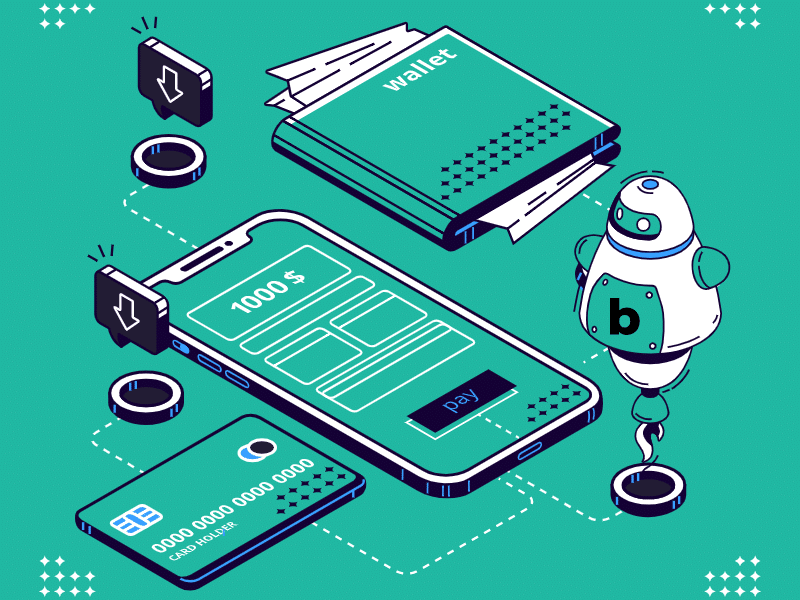ChatGPT? Bard? and others… We are seeing millions of social media posts, articles and blogs about how AI will change our world and our jobs. Have you ever wondered how AI will affect payments? In this blog we will cover the benefits of AI.
Introduction
AI is changing the way we interact with our finances, including how we make and receive payments. With AI-powered solutions, payment processing is becoming more efficient, secure, and personalized than ever before. In this post, we’ll explore some of the ways AI is revolutionizing payments, with examples of each use case.
How AI is Transforming the Way We Pay
1. Fraud Detection and Prevention AI
Fraud Detection and Prevention AI is an effective tool for detecting and preventing payment fraud. Machine learning algorithms can analyze data from multiple sources, including historical transactions, to identify unusual patterns or suspicious behavior. For example, AI can detect and prevent card-not-present fraud by flagging transactions that don’t fit the user’s typical spending patterns. This can help prevent fraudulent transactions and protect consumers from financial losses.
Example: PayPal uses AI to detect and prevent fraud by analyzing transactions in real-time. Its fraud detection system uses machine learning to identify and block suspicious transactions before they can be completed. In 2019, PayPal blocked more than $700 million in fraudulent transactions using this system.
2. Personalized Customer Experience AI
Personalized Customer Experience AI can be used to personalize the payment experience for customers. By analyzing transaction history, spending patterns, and other data, AI can make personalized recommendations for products or services that may interest the customer. This can lead to increased customer satisfaction and loyalty.
Example: Visa uses AI to offer personalized discounts to customers based on their spending habits. The AI-powered platform analyzes a customer’s transaction history and identifies areas where they may be able to save money. The customer is then offered a personalized discount on related products or services.
3. Chatbots for Customer Service AI-powered chatbots
Chatbots for Customer Service AI-powered chatbots can assist customers with payments-related queries, such as checking their account balance, making a payment, or disputing a transaction. Chatbots are available 24/7, which can improve customer service and reduce wait times.
Example: Bank of America uses an AI-powered virtual assistant named Erica to assist customers with their banking needs. Erica can help customers with a variety of tasks, including making payments and checking account balances. Since its launch in 2018, Erica has assisted more than 12 million Bank of America customers.
4. Risk Management AI
Risk Management AI can help financial institutions manage risk by analyzing vast amounts of data in real-time. This can include analyzing creditworthiness, assessing risk in investments, and detecting fraudulent activities.
Example: Mastercard uses AI to assess creditworthiness and detect fraud. Its Decision Intelligence platform uses machine learning to analyze data from multiple sources, including a user’s credit history and spending patterns. This enables Mastercard to make more accurate decisions on credit applications and detect fraudulent activity more quickly.
5. Predictive Analytics AI
Predictive Analytics AI can be used to make predictions about future payment trends and consumer behavior. For example, it can predict which products or services are likely to be popular and adjust pricing or marketing strategies accordingly.
Example: American Express uses AI to analyze spending patterns and make personalized recommendations to customers. Its AI-powered platform, known as the Personalized Recommendation Program, offers customers targeted recommendations for products or services based on their spending history. This can lead to increased customer engagement and loyalty.
Challenges of AI in Payments
Despite the benefits of AI in payments, there are also several challenges to be aware of. One of the biggest challenges is ensuring the security of customer data. As AI algorithms become more sophisticated, they may also become more difficult to understand and control, raising concerns about transparency and accountability. Additionally, there is a risk that AI could be used to discriminate against certain groups of consumers, such as those with low credit scores or limited financial resources. We’ll explore more in our next blog post.
Conclusion
In conclusion, AI is changing the way we pay by making payments faster, more secure, and more convenient. While there are challenges to overcome, the potential benefits of AI in payments are significant, and financial institutions that embrace this technology are likely to gain a competitive advantage in the years to come. borderless is monitoring the space and looking at ways it can leverage AI in an ethical and efficient way.
More about us? borderless, a global payments company that provides a software and API to companies to process payments to 120+ countries. borderless specializes in cross-border payments, and their platform utilizes local payment rails, real-time payment rails, and SWIFT to facilitate faster and more efficient payments. To learn more, contact our team to schedule a demo today.




